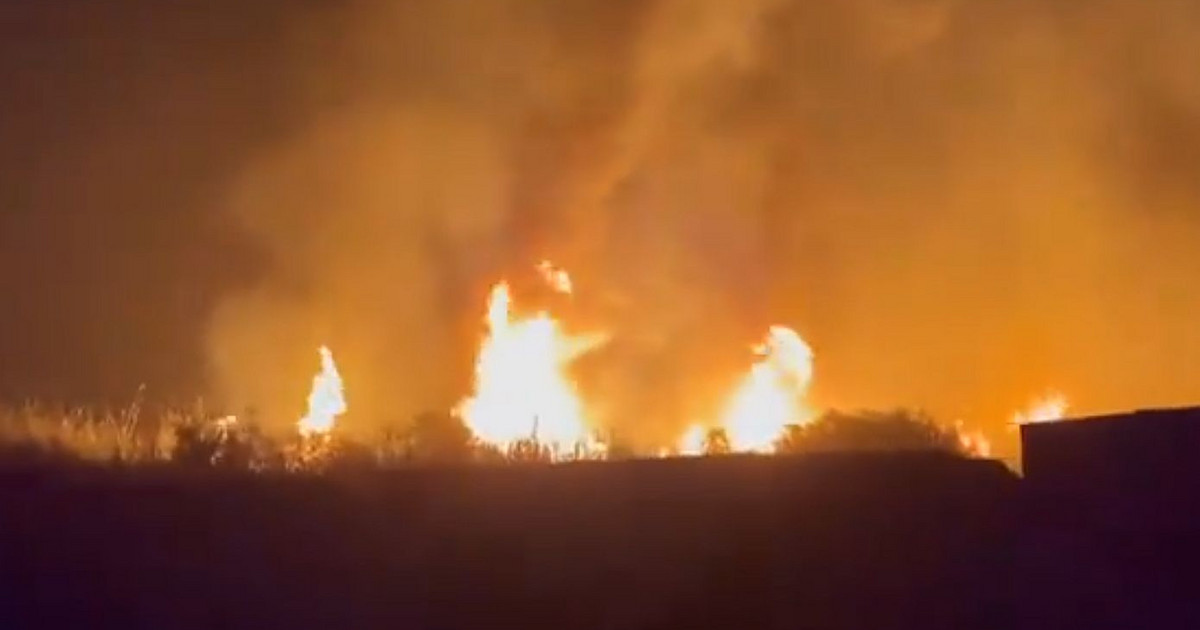Environmental disasters cause three times more displacement than conflicts and violence. In the last year alone, there were 30.7 million leakages from the place of origin due to disasters, almost all (98%) caused by climate-related risks such as floods and storms.
The climate crisis is making life more difficult for those who have already been forced to flee. According to data released by the UNHCR (UN Agency for Refugees), 80% of people displaced worldwide due to conflicts and persecution left countries that are already suffering from a climate emergency.
In addition, 40% of refugees live in countries highly vulnerable to climate change, and nearly 70% of people internally displaced by conflict or violence are living in such countries.
Refugees face a disproportionate exposure to climate-related risks in countries of refuge: while highly climate-vulnerable countries are home to 20% of the world’s population, they host more than 40% of refugees.
An example of this are people displaced by Cyclone Idai, which hit Mozambique in 2019. A year later, refugees are still struggling to rebuild their homes and recover.
UNHCR estimates indicate that without ambitious climate action and disaster risk reduction, the number of people in need of humanitarian assistance due to disasters could reach 200 million annually by 2050 – almost twice the number today.
The term “climate refugees” does not exist under international law, but recent guidelines released by UNHCR emphasize that, under the 1951 Refugee Convention, “a request for recognition of refugee status should be valid when the adverse effects of climate change or disasters interact with conflict and violence”. UNHCR defends that the criterion of “events that seriously disturb public order”, used for the recognition of refugee status by regional legal instruments could also be applied if the effects of climate change qualify as such.
Statistics:
- 14 out of 34 countries in food crisis faced conflict and climate shocks together in 2017 (FAO 2018);
- Forecasts indicate that more than 50% of the world’s population will be living in water-scarce regions by 2050 (UN Water 2020);
- 2.8 billion people lack access to clean sources for cooking, and rely on traditional low-efficiency stoves. Globally, more than 4.3 million deaths a year, mainly women and children, are caused by indoor air pollution;
- Cooking accounts for the majority of energy expenditure – 74 percent – of refugee families. The rest is mostly for basic lighting;
- Achieving universal access to electricity and clean cooking technology could save an estimated 1.8 million lives annually.
Reference: CNN Brasil
I’m James Harper, a highly experienced and accomplished news writer for World Stock Market. I have been writing in the Politics section of the website for over five years, providing readers with up-to-date and insightful information about current events in politics. My work is widely read and respected by many industry professionals as well as laymen.






